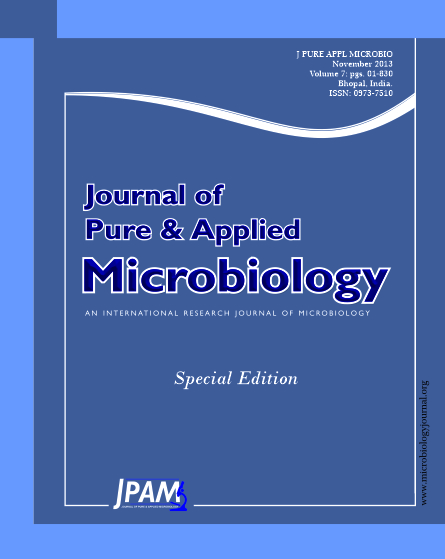People have normally known little about microbial species in any natural complex microbial community, in which minor species have been paid less attention in the context of their functional roles in maintaining the community complexity. Proper quantification of such minor species shall be a prerequisite for functional studies. In this report, TA-cloning was used to decipher the structure of 12 GuJingGong liquor-making microbial community samples; 32 minor species in the microbial community were found to already have whole genome sequences, and species-specific primers were designed and synthesized for real-time quantification polymerase chain reaction (QPCR). Among the 32 targets, 19 gave expected PCR results and then were emplyed to quantify 12 GuJingGong microbial community samples. Proper strategy for quantification of compositional structure of a complex microbial community was discussed.
Complex microbial community, Minor species, Quantification, PCR, species-specific primer
© The Author(s) 2013. Open Access. This article is distributed under the terms of the Creative Commons Attribution 4.0 International License which permits unrestricted use, sharing, distribution, and reproduction in any medium, provided you give appropriate credit to the original author(s) and the source, provide a link to the Creative Commons license, and indicate if changes were made.


